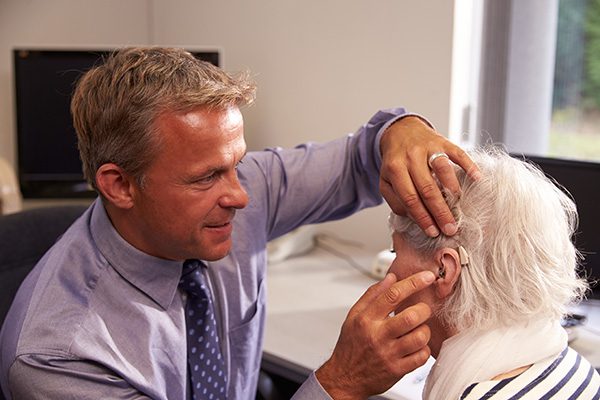Seasonal Maintenance Tips for Hearing Aids
Spring and summer bring their own unique challenges for hearing aid

Hearing aids are one of the most reliable treatment options for hearing loss. They come in a variety of different styles that can be adapted to anyone’s lifestyle, budget and hearing loss needs. From discreet, miniature models to power-packed devices with a plethora of features, your hearing aids can be tailored to your exact needs.
Most basic hearing aids work by simply amplifying sounds. These devices contain small microphones which help to pick up external sounds. These are turned into electrical signals and then played back through an amplifier facing the ear.
Modern hearing aids are able to pick out specific sounds and amplify them, while keeping other sounds at the same level. Many hearing aids focus on picking up quieter sounds while keeping louder sounds at the same volume. Others are able to tune in on specific frequencies and amplify them, while keeping other frequencies at the same level.
Hearing loss comes in many different forms and there are many different ways to program hearing aids in order to accommodate these different types of hearing loss. Many people have trouble picking up certain frequencies, which is where hearing aids come in. These devices can be programed to amplify these specific frequencies, while keeping other frequencies at the same volume.
Hearing aids come in different styles and some may be better suited to certain types of hearing loss. For example, behind-the-ear (BTE) hearing aids may be suitable for mild-to-profound hearing loss, however in-the-ear (ITE) hearing aids are not suitable for profound hearing loss.
It’s worth noting that hearing aids can also be used to treat hearing problems like tinnitus. Prescription hearing aids are able to amplify natural background noises to help distract from the sound of tinnitus.
Each hearing aid needs to be adjusted specifically to the individual. This is sometimes known as a hearing aid prescription. To get the right prescription, you need to carry out a hearing test. This should ideally be carried out by an audiologist.
During the hearing test, different frequencies are played at different volumes. Every time you hear a sound, you must press a button. This can determine exactly which sounds you are able to hear. The results are then plotted on an audiogram, which an audiologist is able to then use to program your hearing aid.
Hearing aids cannot return hearing to completely normal levels. This is because hearing loss can often be quite complex and not always consistent. On top of this, a hearing aid will not prevent further hearing loss.
That said, hearing aids can drastically improve hearing, helping people to hear sounds that they couldn’t hear before. Many people are pleasantly surprised by the effect that a hearing aid can have on their everyday life – often making conversations easier and improving experiences like listening to music. As a result, if you have started to experience noticeable hearing loss, you shouldn’t hesitate to look into hearing aids.

Spring and summer bring their own unique challenges for hearing aid

When managing hearing health, treatments like hearing aids play an

Today’s hearing devices are doing things we could only imagine a few